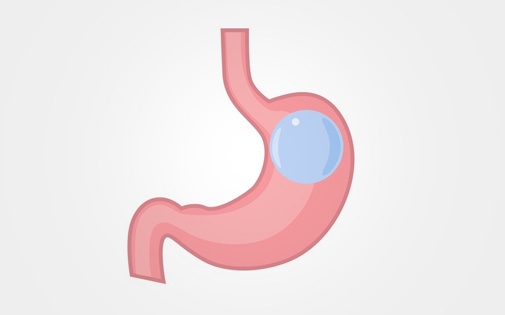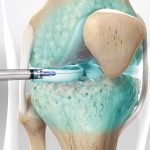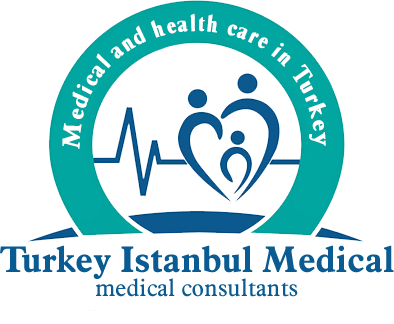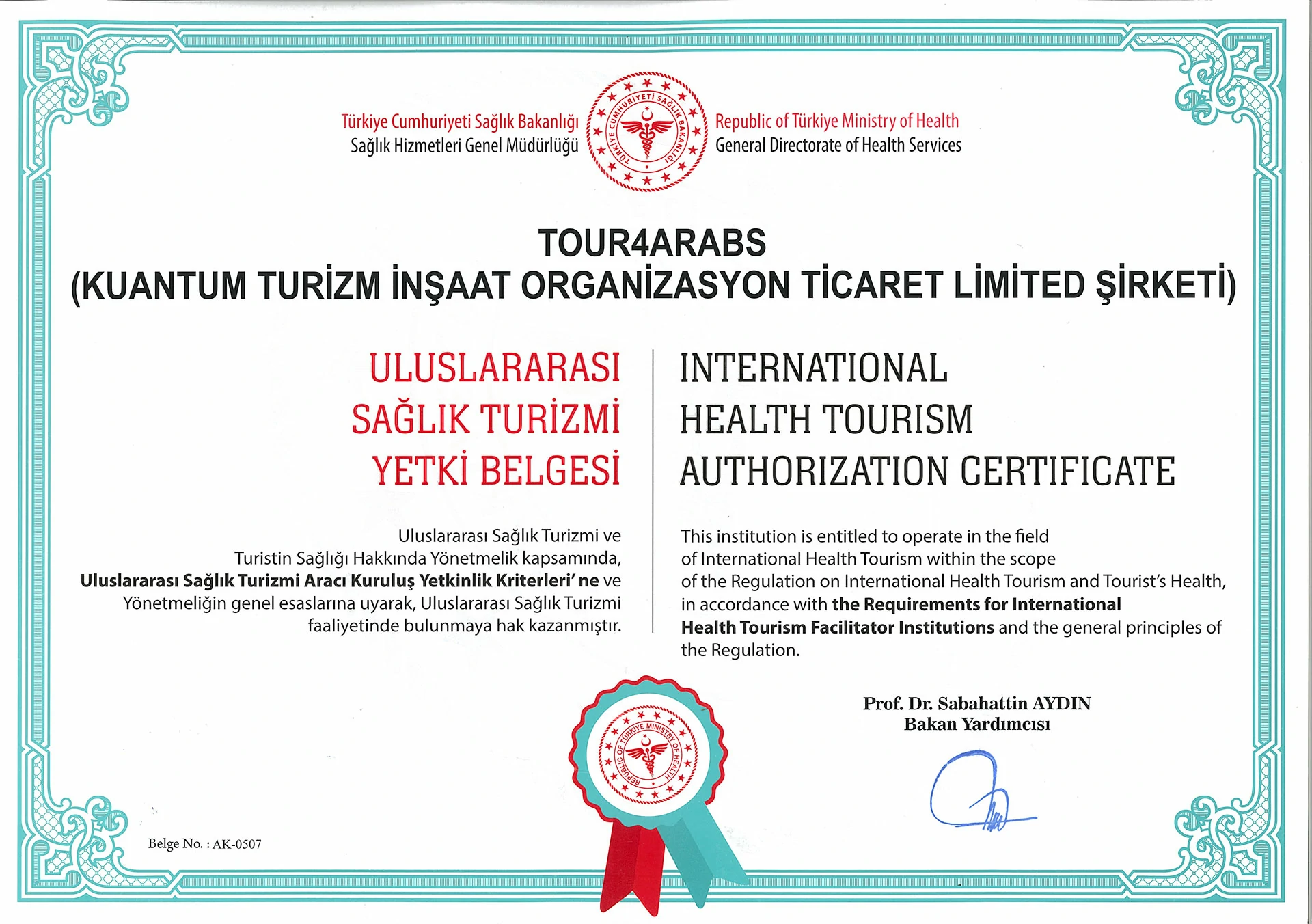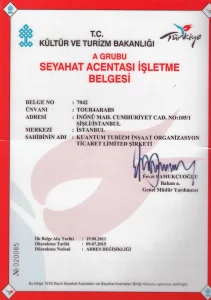What is a Gastric Balloon?
Gastric balloon (gastric balloon) is one of the obesity treatments made of silicone or polyurethane material, placed in the stomach before being inflated and inflated with sterile liquid. The application is not a surgical intervention, but depending on the type of balloon, some intragastric balloons are placed and removed by endoscopy under anesthesia.
The mechanism of action of the gastric balloon is to create a constant feeling of satiety by occupying space in the stomach, thus enabling the patient to lose weight with less food consumption at each meal. Studies on this subject started in the 1980s. Swallowable gastric balloons, which do not require endoscopy and anesthesia, are also used.
When we consider obesity as a common disease of the modern age, gastric balloon applications are a frequently preferred treatment method in the treatment of overweight and obesity, especially by individuals who are inconvenient to take anesthesia or do not want a surgical procedure.
According to the types of gastric balloon, it stays in the stomach for 4-12 months. With the feeling of satiety and satiety it gives during this period, it makes it easier for the person to comply with his diet by limiting food intake. Dietary style and eating habits change, and after the balloon comes out of the stomach, the person maintains these habits and maintains his ideal weight.
What is Elipse (Swallowable Gastric Balloon)?
The Elipse gastric balloon is also known as a swallowable gastric balloon. Unlike the other application, endoscopy is not performed in this procedure. During the procedure, the patient swallows a pill-shaped object. In the meantime, it is checked whether the object has reached the stomach with X-ray control. When the object reaches the stomach, it is inflated and becomes a balloon. Then its connection with the cable at the end is broken.
Who is the Gastric Balloon Suitable for?
Gastric balloon is an obesity treatment method that has been used for a long time, in which 10 to 15% of their weight can be lost in 4-6 months. It can be applied to individuals with a body mass index of 27 and above, between the ages of 18-70, who have not had bariatric surgery before.
In addition, gastric balloon is an alternative treatment method for those who do not want to have a surgical operation (such as tube stomach surgery) for those who have an inconvenient disease (swallowable gastric balloon).
However, it is very important to change and protect the nutrition and lifestyle that the person will continue with the balloon in the future so that the weight lost with the gastric balloon is not regained in the future.
Who Is The Gastric Balloon Not Suitable For?
- Those with a body mass index below 30: While this limit applies in the USA, over 27 in Canada, Australia and the UK are eligible cases. In short, this method should not be used for cosmetic purposes only in overweight individuals whose body mass index is not suitable.
- Those with digestive system disorders such as esophagitis, stomach ulcer, duodenal ulcer, Crohn’s disease
- Those at risk of upper digestive system bleeding, such as esophageal or gastric varices
- Congenital or acquired digestive system problems such as atresia or stenosis
- Mentally retarded, emotionally unstable patients with significant psychological problems
- Alcohol and substance addicts
- Those with a poor health profile that cannot receive even mild anesthesia
- People with large gastric hernia
- Those who have had open abdominal surgery before
How is the Gastric Balloon Inserted?
The gastric balloon is placed in the stomach with the endoscopic method under general anesthesia. The balloon placed in the stomach is inflated with serum using a special extension line and the procedure is completed. Processing time takes around 30 minutes on average. After the patient wakes up, he is kept under observation for a while and can return home within the same day.
After the gastric balloon is inserted, it is removed within 6 months to 1 year. During this period, if the person follows the doctor’s recommendations and pays attention to their eating habits and lifestyle, they reach the desired weight.
How to Remove Gastric Balloon?
At the end of the 6-month period, the balloon is removed with the endoscopic method. First, the liquid in the balloon is emptied with a special apparatus, then the balloon is caught and removed with a special holder. The reason we mention this is to state that the instruments found in a standard endoscopy unit will not work for balloon removal.
In our personal practice, we have a patient whose balloon was punctured in another endoscopy center, but because it could not be removed, it caused intestinal obstruction. Therefore, balloon placement and removal should be performed by bariatric surgeons with experience in endoscopy.
What are the Advantages of Gastric Balloon?
- It can be attached in a very short time under hospital conditions.
- After the gastric balloon application, the person can return to his normal life without the need for hospitalization.
- It is very easy and painless to apply.
- The patient can be removed at any time.
What are the Disadvantages of Gastric Balloon?
- Reflux can be seen after gastric balloon.
- Nausea and vomiting may occur in the first 3-7 days.
- Stomach cramps may be experienced in the early period.
- The application is temporary. After removal, you need to maintain the nutritional habits and lifestyle that you gained life. If you do not follow your diet, it is likely to gain weight again.
- The amount of weight lost is less than surgical methods (such as tube stomach surgery).
- Although very rarely, it can cause stomach ulcers.
What are the Results of Gastric Balloon Application?
The main mechanism of action of the balloon is to create a feeling of fullness with its partial space-occupying effect and to restrict food intake. Correct patient selection, appropriate dietetic and behavioral therapy are key points in the success of the balloon.
However, there is no guarantee that any patient will lose weight. Those who have a gastric balloon should know that success can only be achieved with dietary and lifestyle changes. The most effective period of the balloon is the first 3-4 months. During this period, a decrease in appetite and discomfort with excessive food intake are evident.
Strict adherence to the nutrition program is essential. On average, 15-20 pounds of weight loss can be expected. This limit can range from 0 to 80. Successful results have been reported in many studies conducted on hundreds of patients in different countries such as Italy and the Netherlands.
The most important thing here is that the patient can maintain his eating habits after the balloon is removed. Avoid high-calorie, sugar-containing foods.Weight regain is possible after removal of the balloon.
Since it has no long-term or permanent effect, it has not found use in some countries. In cases where the patient does not change his eating habits, problems such as insufficient weight loss or inability to maintain weight may be encountered. In compatible patients, weight loss can continue even if the balloon comes out.
After Gastric Balloon
The purpose of the nutritional changes that should be made after the gastric balloon application is to facilitate the adaptation of the body to this new situation as long as the balloon remains in the stomach..
Nutrition After Gastric Balloon
- You should eat very slowly and chew well.
- It will be beneficial to eat the food by cutting it into small pieces and serving it on small plates.
- Stop eating as soon as you feel acid reflux or bloating.
- You should not exceed 3 main meals and 3 snacks a day.
- Avoid snacking.
- You should drink at least 1.5 liters of water per day.
- Do not take water or liquids at the same time as meals. Make it a habit to drink before or after meals.
- Avoid carbonated drinks and strong coffees
- Never smoke before eating.
- Do not eat very late.
- Stop eating and drinking at least 2 hours before going to bed
- If you feel pain in your stomach, first change your lying position.
- Try to exercise at least 40 minutes a day.
What are Gastric Balloon Damages?
Gastric balloon application was investigated and started to be applied in the 1980s. Until today, materials and application technology have been developed and the damages that may occur during and after the application have been tried to be eliminated.
Of course, as in many medical operations, some complications may occur in this application, although it is very rare. For example, during the application of the endoscopic gastric balloon, the esophagus or stomach may be damaged, which may cause discomfort such as ulcers. Or, if the balloon rarely deflates, intestinal obstruction may occur.
What are the Risks of Gastric Balloon Application?
All surgical procedures have a minimal risk of complications. The risks that we may encounter after this operation are bleeding, leakage of the balloon, sensitivity to anesthesia, abdominal pain, nausea, vomiting and infection. The risk of complications is very low.
The use of quality products and the high success rate of the surgeon are important details that affect these complications.
In liquid balloon models, leakage is understood by the patient, while in air models it is not. Infiltration can be detected with the tests performed during the doctor’s control.
For this reason, controls should never be interrupted. Risks such as infection and bleeding occur as a result of holding the balloon longer than it should. It is normal to experience nausea and vomiting as a side effect of the procedure. However, a doctor’s control is recommended for persistent symptoms.
What Should A Person Who Has A Gastric Balloon Be Careful About?
Symptoms such as stomach cramps, nausea or vomiting may occur shortly after the gastric balloon is inserted. These symptoms are natural as long as they are not too severe. Because an unfamiliar foreign body has entered the stomach.
In order to alleviate the possible symptoms that may occur in the patient, various gastric protective or pain relievers may be recommended to the person. Generally, these side effects disappear about 3-4 days after the balloon is inserted into the stomach.
If the symptoms do not disappear for a long time after the procedure and continue at the same severity without any tendency to alleviate, the gastric balloon may need to be removed from the person. However, this is not a very common situation..
